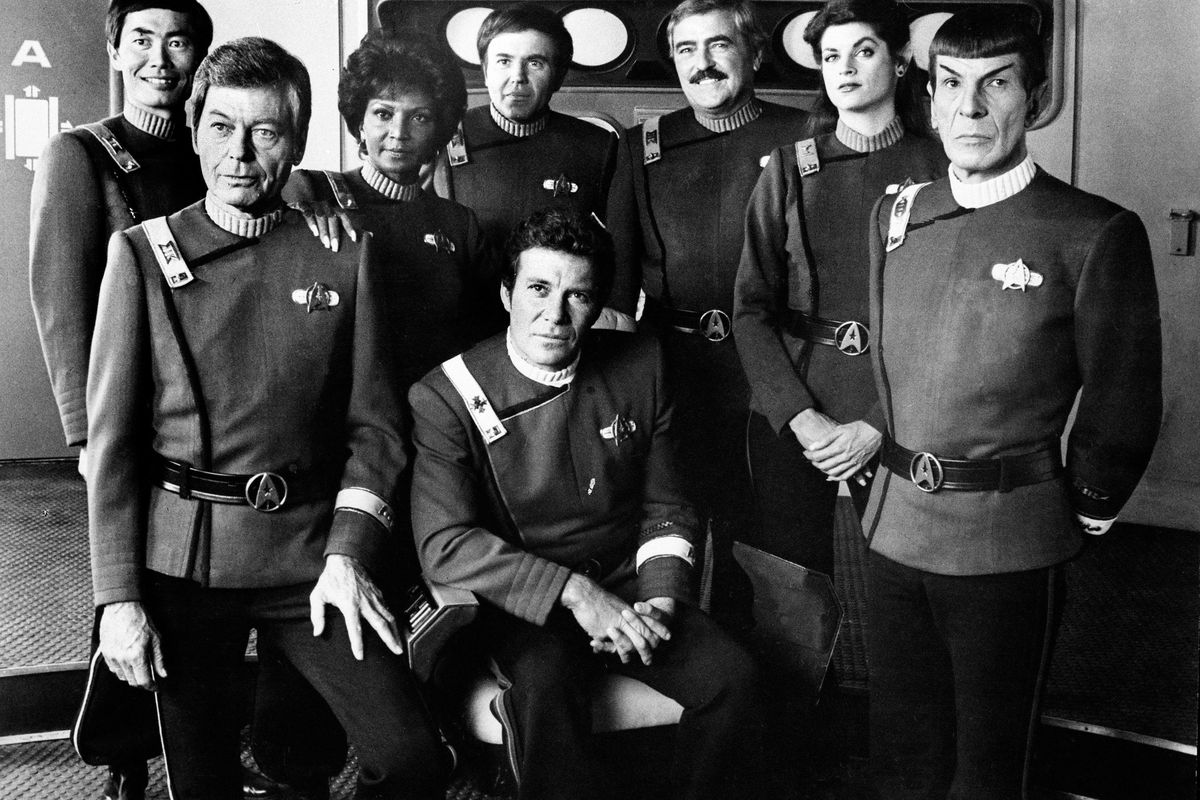William Shatner beams into Spokane for a screening of ‘Star Trek II: The Wrath of Khan’

On June 4, 1982, the “Star Trek” universe found its footing.
That’s the day that “Star Trek II: The Wrath of Khan” hit theaters.
“Wrath of Khan” was a critical and commercial success, earning nearly $100 million worldwide and helping revitalize the “Star Trek” brand. Widely considered the best of the “Star Trek” movies – fans of “Star Trek IV: The Voyage Home” are free to disagree – “Khan” brought back a favorite villain from the original TV series, Ricardo Montalbán’s Khan Noonien Singh, and focused more on the story than its effects-driven predecessor, “Star Trek: The Motion Picture.”
William Shatner, 88, who played Capt. James T. Kirk in the TV series’ three-year run and in seven films, will come to Spokane on Friday night to host a screening of “Khan” and talk about the film and its legacy.
And its legacy in the “Star Trek” universe cannot be denied. Without the success of “Khan,” it’s quite possible there would have been no more movies, and no more spin-off TV series, such as “Next Generation,” “Deep Space Nine,” “Voyager,” or the current “Star Trek: Discovery” airing on CBS All Access.
“That’s exactly what I think,” Shatner said. “There was a desperation – let’s make another one, cheaper. And if it doesn’t go, that’s the end of it. So all the other iterations of ‘Star Trek’ would not have happened, I think.”
When the first “Star Trek” film was released in 1979, Paramount had hoped to capitalize on the success two years earlier of two other science-fiction films, “Star Wars” and “Close Encounters of the Third Kind.” The effects-heavy and slowly paced film made money, $139 million. It also cost a lot, too – $46 million, and Paramount reportedly expected a larger profit margin.
The studio, Shatner said, “decided they didn’t want to make any more until the head of Paramount was convinced they could make it cheaper, and go back to the human stories. And that’s essentially what we did. The movie became successful because of its content.”
Friday’s event will feature a post-screening hour with Shatner, as he shares stories about the film and answers audience questions. He’s keeping the film alive and audiences entertained, he said. “It really works out.”
The idea of building a live event around “Wrath of Khan” made sense to him because the 37-year-old film remains popular.
“It was good enough to stand the test of time,” he said. “The movie is very much an emotional film, with some sci-fi, but it connects on a human basis.”
He later added, “If you can connect with a science-fiction film on an emotional level, it doesn’t matter the quality of the effects. We certainly proved that in the first years of ‘Star Trek’ with the crudeness of our special effects. But we had on occasion really good stories. And that makes up for it.”

During these screening events, Shatner said he gets questions about everything. “Nobody gets shy when they’re asking questions,” he said. “And it’s interesting the dynamics of the audience, what the constituency of the audience is. It ranges from young kids to teenage boys to adult men to dear old ladies who come in a wheelchair. It ranges in quite a dynamic way. And I think it’s because I span the years.”
Shatner was last in Spokane in 2014, when he was here twice about a month apart, first for an appearance at Pac Con Spokane, then when he brought his one-man show “Shatner’s World.” He’s looking forward to a return visit. “It’s a beautiful town and beautiful area,” he said. “And I’m looking forward to coming back.”